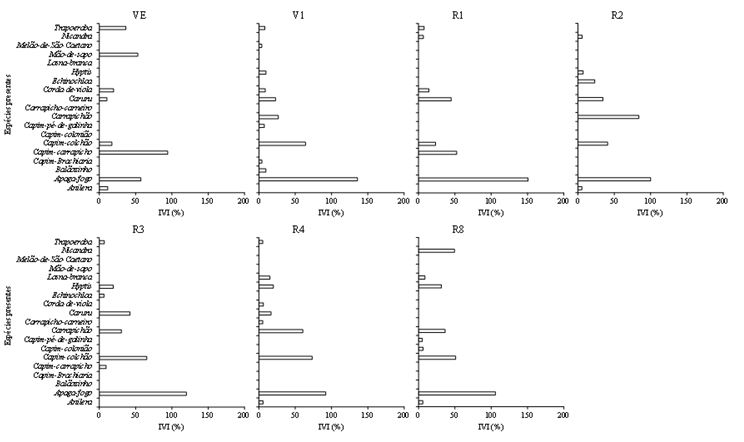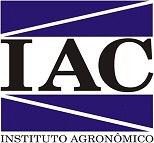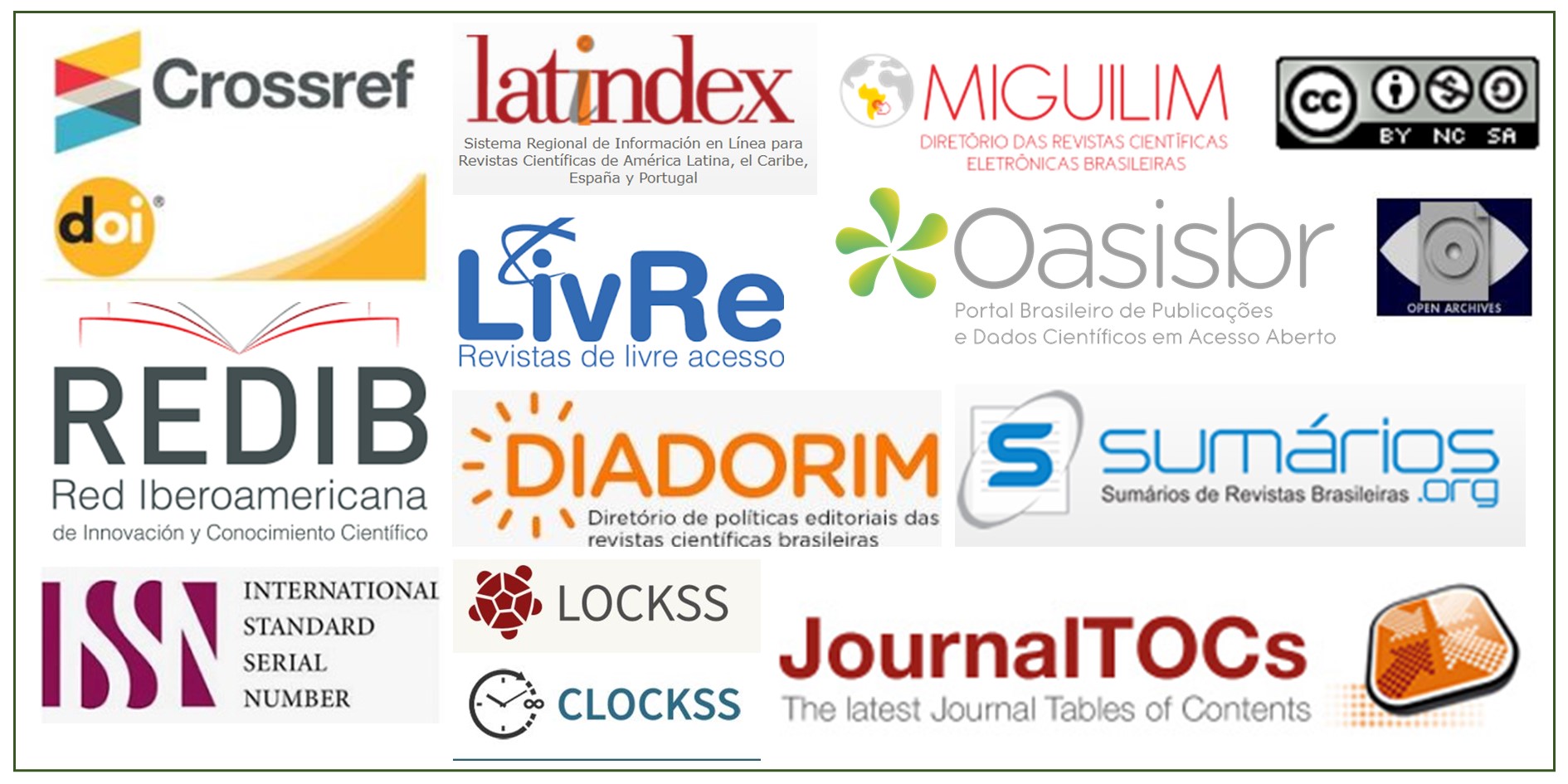Phytosociological survey on peanut culture
DOI:
https://doi.org/10.17648/sas.v1i1.31Keywords:
Arachis hypogaea L., Weed community, Infestation, Competition, ManagementAbstract
The identification of the weed species that infest agricultural areas is important for decision making when choosing the control method. Given this, the objective of the work was to identify and quantify the main species of weeds present in the peanut production area in the municipality of Jaboticabal - SP. The experimental design was in randomized blocks. The evaluations were carried out at 15, 30, 45, 75, 90, 105 and 130 days after sowing, using the hollow square method. In each evaluation, 2 samplings / plot were performed, totaling 8 samplings per treatment. The collected plants were sectioned close to the soil, identified, stored in an air circulation oven at 70ºC and, after 96 hours, the dry mass of the plants was determined. Based on the information obtained in the samples, the phytosociological parameters, frequency, relative frequency, density, relative density, abundance, relative abundance, dominance, relative dominance were estimated and the importance value index was determined. It was found that the weed community in the peanut crop presented 17 species, in 17 genera and 9 families. The greatest number of weeds was found in the family Poaceae. It was concluded that in this area, the species that predominated were Alternanthera tenella Colla, Digitaria sp. and Amaranthus sp.
Downloads

Downloads
Published
How to Cite
Issue
Section
License
Autores concordam com os seguintes termos:
a) Os autores mantêm os direitos autorais e concedem à revista o direito de primeira publicação, com o trabalho simultaneamente licenciado sob a LicençaAttribution-NonCommercial-ShareAlike 4.0 International, que permite o compartilhamento do trabalho com reconhecimento da autoria e publicação inicial na Revista SAS. A licença permite o uso, a distribuição e a reprodução irrestrita, em qualquer meio, desde que devidamente citada a fonte. Essa licença permite também que outros remixem, adaptem e criem a partir do seu trabalho para fins não comerciais, desde que atribuam a você o devido crédito e que licenciem as novas criações sob termos idênticos.
b) Não cabe aos autores compensação financeira a qualquer título, por artigos ou resenhas publicados na South American Sciences.
c) Os conceitos expressos nos artigos publicados na South American Sciences são de inteira responsabilidade de seus autores.








